Area:
Lung Cheung Road,Wong Tsi Sin
Native Trees Species:
Batavia Cinnamon
Bird & Butterflies:
Attract Chinese Bulbul to perch
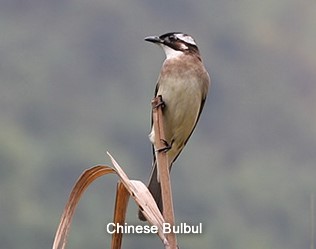
Starting from 20 January 2025 9:00 a.m., all SMS messages sent by EPS Company to local mobile services subscribers will use “Registered Sender IDs” with the prefix “#” including #EPS, #EPSHK, #EPS_OTP and #EPS_Promo, please refer to “Important Notice” and “FAQ” for more details.

Sustainability
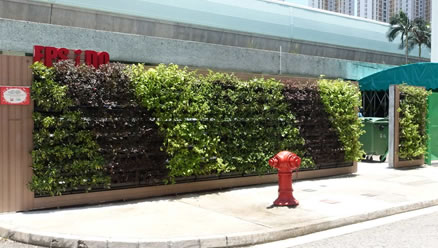
Vertical Greening
EPS iDO’s Urban Greening Project has now been running for many years. To further diversify and build on its success, EPS is joining forces with Green Power to launch a new Vertical Greening project in 2016. Committed to overcoming obstacles, we planted greenery in our urban areas where horizontal greening is impractical…
FIND OUT MOREGreen Hero
Trees are wonderful "Green Heroes, they benefit us in countless ways humbly, such as providing oxygen, filtering unwanted particulates in the air, screening excessive noise, minimizing carbon emissions and even lowering temperatures! The EPS iDO Urban Greening Project is adding many green trees to Hong Kong, allowing more "Green Heroes" in our city.

Native Trees – What is it?
Native trees refer to the species in Southern China and Hong Kong. The popular species which EPS iDO Urban Greening Project usually have are Batavia Cinnamon, Dwarf Date Palm, Dragon Juniper, Kwai-Fah, etc.
Native Trees – Where & Why?
iDO LOVE TREE Fun Tour
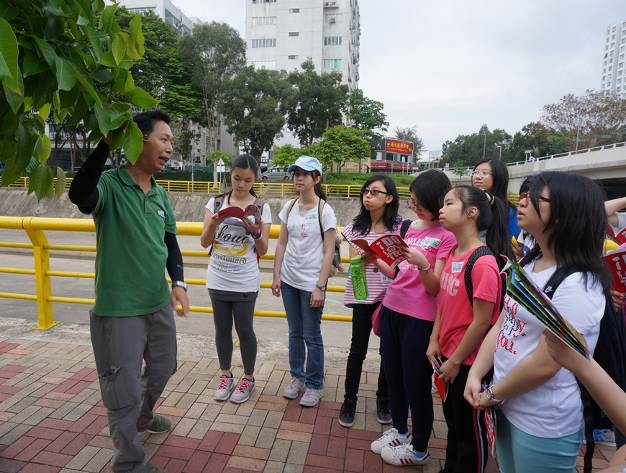
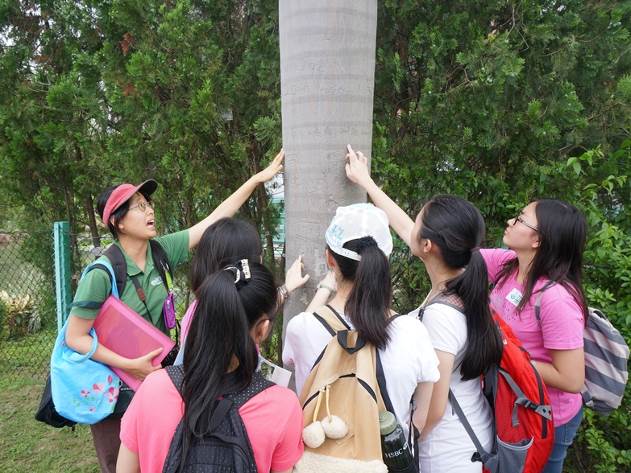
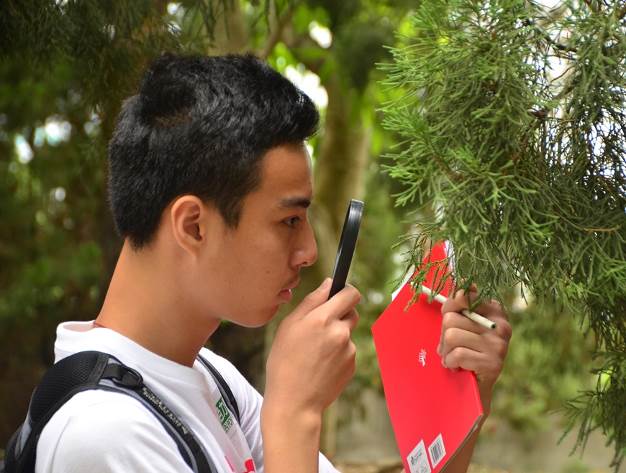
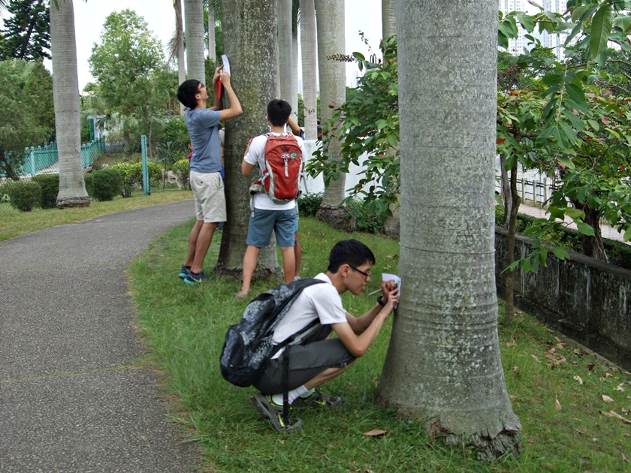
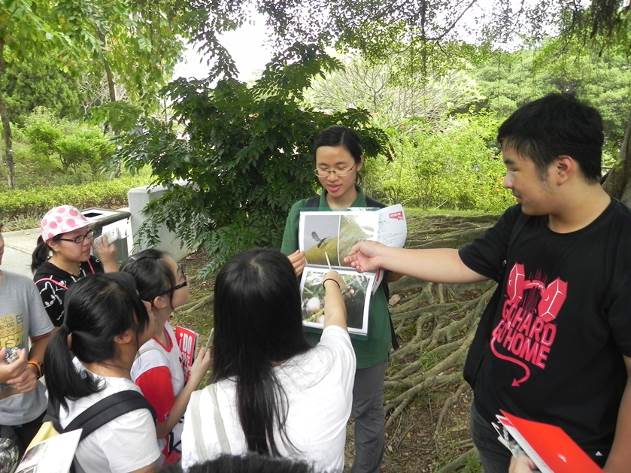
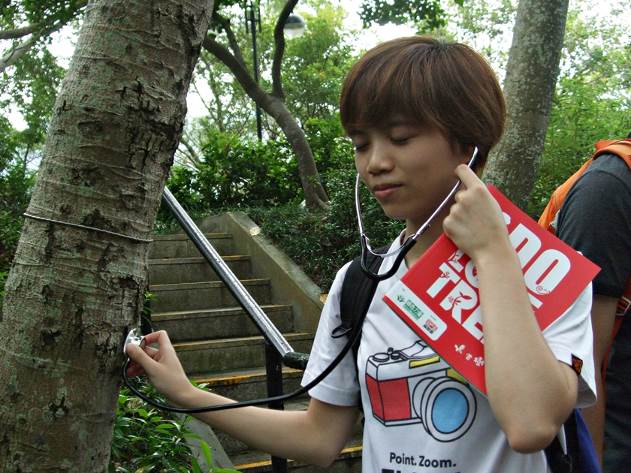
“EPS iDO Urban Greening Project” has greened a lot of urban area since its establishment in 2008. With the support of Green Power, greening in Sha Tin District is one of our major works under our EPS iDO project. Hence, a Tree Appreciation Trial has been designed in Sha Tin at which iDO LOVE TREE Fun Tours were held in June 2013, in May and October 2014 respectively. There were 360 youngsters joined the tours in learning more about trees.
The Tree Appreciation Trial introduces 14 tree species that are commonly seen in urban areas of Hong Kong. In which, some species are planted under “EPS iDO Urban Greening Project”. These are good examples to illustrate the rules of tree planting in urban areas with high traffic, and how people can live together with trees in harmony.
During the tour, EPS and Green Power have introduced a “Four Senses” tree observation game. Participants may use different part of their bodies, including eyes, ears, nose and hands to observe and appreciate a tree by their vision, hearing, smelling and touching. This makes tree observation with a lot of fun!
EPS and Green Power also published an “iDO LOVE TREE” handbook, with a map and tour guidelines. With this handbook, you can experience your own tree appreciation tour and carry out the “Four Senses” tree observation game. Please click here to learn more details about the redemption of “iDO LOVE TREE” handbook.
School Tour Program
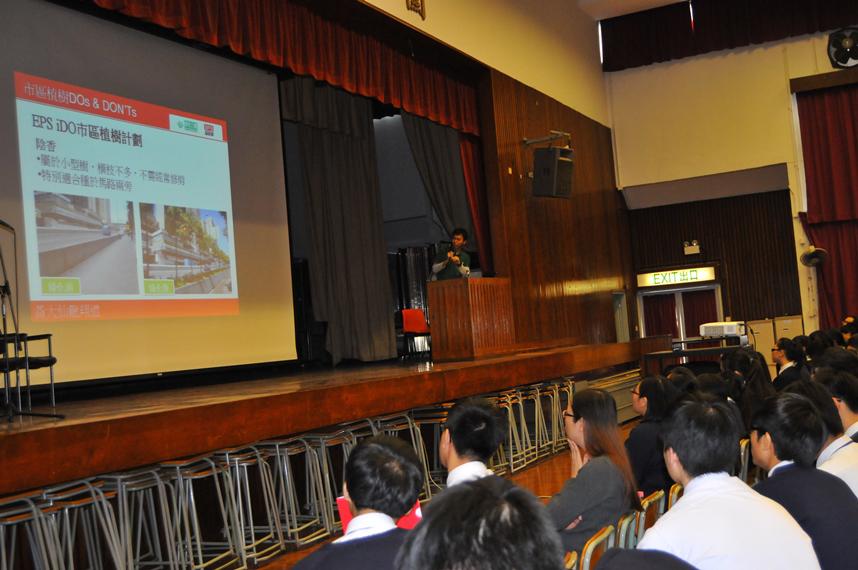
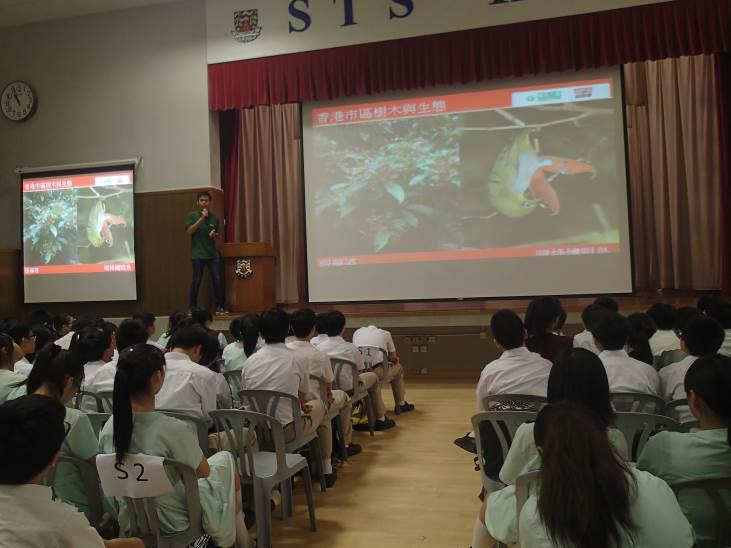
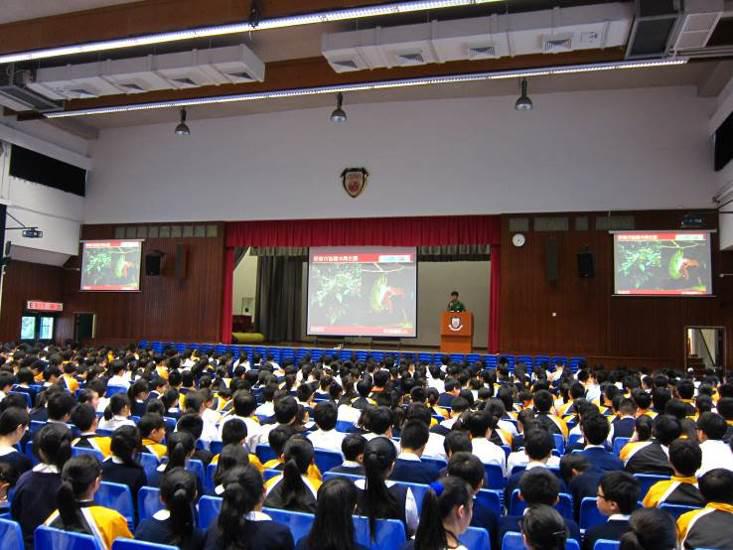
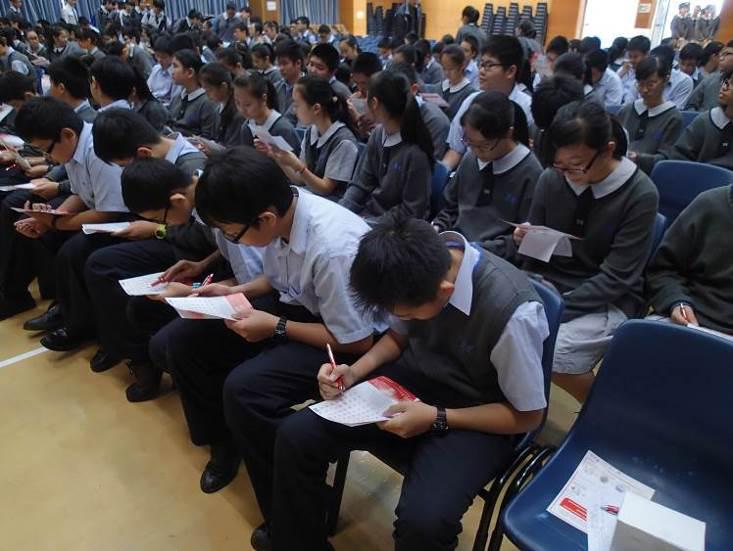
In Hong Kong, more than 400 species of trees can be found. These trees nurture countless plants and animals, and have intimate relationships with the environment, ecosystems and our living.
Since 2011, EPS has sponsored School Tour Program running by Green Power, which has toured 58 secondary schools and reached over 45,000 secondary students in various districts. In the year of 2011- 2012, with the theme “Tree and us”, the program aims in sharing information on trees and introducing the importance of tree conservation to students. In the year of 2012 – 2013, the topic of the school tour was “Trees of Hong Kong People”, focusing more on Hong Kong situation, introducing the principle of urban tree planting in Hong Kong. Case studies such as the King Banyan in Kowloon Park and Lam Tsuen Wishing Tree were used to investigate the relationship and conflicts between urban development and tree conservation.